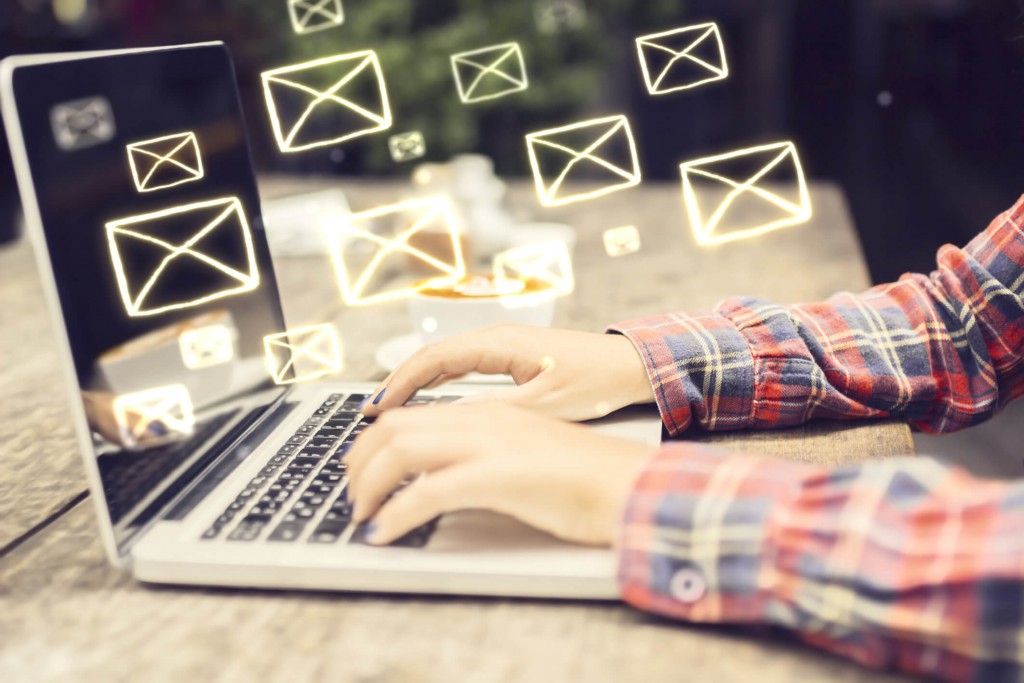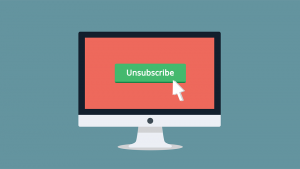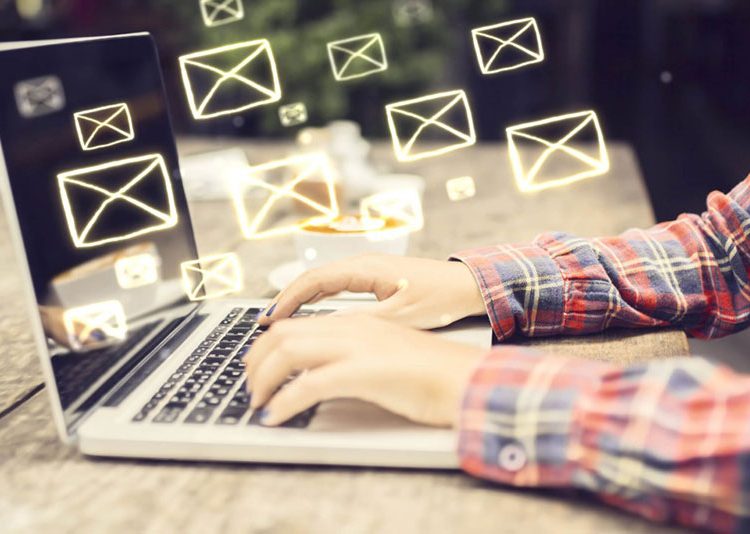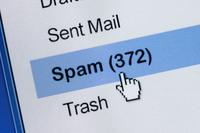Tag: Email
How Do I Attach Pictures in my Emails?

In today’s world, the online e-mail tools that are available to us are offering more storage space that we can imagine. This has allowed users to have access to their old messages each time they access the internet, as well as the ability to easily share large files with others. However, one of the biggest advantages of using any form of e-mail client software, such as Outlook Express or Thunderbird, is the great versatility in the formatting of outgoing messages.
Configuring a catch-all email account

Introduction
If you have your own website, chances are you have a custom email address, such as contact@yourdomain.com. As part of your email strategy, you can create a specific email to “catch” the ones that get away.
You see, people mess up. Often times, a person will send you an email, and because they mistyped your address, they’ll wind up forwarding their message to a non-existent recipient. With a catch-email account in place, it will capture these messages that would have otherwise been sent to the wrong receiver.
So how does this work?
What are E-Mail Clients?

Introduction
Email technology has been around for decades. In today’s world, we use it more than ever. Whether it’s for school, work, or personal use, thanks to its widespread popularity, there’s no sign of it going away any time soon.
What is an Email Client?
An email client is simply a program that reads and sends emails. These programs can be found on computers, tablets, and smartphones.
11 Tips for Creating Strong Passwords

Are you concerned with your online safety? Here are 11 tips to creating strong passwords – 1. Create passwords that use a combination of both upper and lower case letters, along with a combination of symbols and numbers. 2. Don’t use your wireless network’s name as your password, though you may be tempted to do this since it’s convenient. 3. Don’t create passwords that are easy to guess, such as “1234”, “username”, and “password”. 4. Don’t create passwords based on your confidential information (it’s not as private as you think). Avoid using things such as names of family members, social security numbers, phone numbers, birth dates, etc. 5. Avoid using “real words” (you know, like the ones you’ll find in the dictionary.) There are freely available password-cracking tools on the internet that come with dictionary lists. These lists will try thousands of common passwords and names all at once. If you do use words from the dictionary, try adding numbers to them, as well as different punctuation at the beginning and/or the end of the word. 6. Avoid using side-by-side keyboard combinations: For example, “123456”, “zxcv”, and “qwerty” are all terrible passwords that are easy to crack. 7. Some of the best passwords aren’t necessarily words, but a collection of words that form of phrase. For example, your password may be the first sentence of your favorite book. Making your password complex is good, but making it longer is better. These are called passphrases. Not so long ago, it used to be the case that creating a password that was 8-10 characters in length was good enough. However, these days it has become increasingly affordable for hackers to develop powerful password cracking tools that can run millions of combinations in a matter of seconds. So remember, each character that you include in your password makes it harder for a hacker to attack you through brute force methods. 8. Avoid using the same password on other websites. It’s relatively safe to use the same password on websites that do not store valuable and personal information (such as news websites). It’s a bad idea, however, to use the same password on a web site that is sensitive (such as an online banking website.) 9. Don’t use the password that you created for your email account on another website. If by any chance you get hacked from a different website and the hacker grabs your email address, he can test the password. If it happens to be the same password, pretty soon someone is going to be reading your emails and extracting more personal information from you. 10. Never store your passwords in plain text on your computer. Here’s a better way to remember them: Write down your password on a physical sheet of paper. Create a list of the websites in which you have a password. Next to each one of these websites write down your login name and a clue to help you remember what your password is. If you do tend to forget your password, most companies have a “forgot your password” option on the login screen. When you click that, they will ask you some security questions and email your password. 11. Be weary of generated passwords. There are free online tools at your disposal that will create powerful password combinations for you in a matter of seconds. However, be sure to verify that the generator you are using is safe. Hackers have also figured out a way to create this tool. They on the other hand, will generate a password for others, and then use those passwords to hack into their personal information. Having a secure password is very important. So how do we know if the password we created is strong enough? When we create an online account, usually in the password field, there is a bar that makes an analysis of its strength. To get a good result, we vary the characters between uppercase and lowercase letters, numbers and special characters. Changing passwords from time-to-time is also a good idea. A significant switch in characters every three months would be a good example. We’d love to hear your thoughts and comments below! And as always, if you need any assistance, please email us at Support@HostandStore.com. Enjoy your week! |
Joining Mailing Lists – When Should I? When Should I Not?

When a company decides to invest in creating a mailing list, it wants to offer customers an easy and direct way to receive news and valuable content.
The content you’ll find in a mailing list goes a little beyond the type of content that companies put out on their website and corporate blog.
If you stumbled upon this article as a business owner, know that your job is to invest in the development of information that brings value to your customers. By serving them with genuinely useful, insightful, and informative content, your efforts should positively impact their lives and greatly increase the likes, shares, and organic traffic to your site/blog.
Spam Management: 5 Simple Steps to Eliminate Spam
Everyone hates spam. You know, those unsolicited emails that are sent to us and sometimes infected with viruses. Unfortunately, most of us receive them often. Spam has actually become an epidemic in the online world. It represents over 80% of the emails received on Gmail, according to company data.
Fortunately for us, there are a variety of anti-spam filters out there. They block these annoying emails and therefore nullify their negative effects. Since this is something that many people have to deal with on a daily basis, it’s good to know how these tools work and how you can get rid of spam.
5 Things You Should Know Before Unsubscribing

Everyone at one point has received an unsolicited email. Most of us know that cleaning them up from our inbox is as simple as clicking the unsubscribe button at the bottom of the page.
However, what most people don’t know is that clicking on those emails can get them into some serious trouble.
If a spammer sends you an email that looks legit, you may wind up giving away personal information about yourself when you decide to opt-out of his fake mailing list. Worst of all, you could grant him with the opportunity to send you some malware, though obviously not everyone who emails you is out to grab your personal data.
How Do I Protect my Email Account?

Your email account is an open door to your personal life. This makes it the perfect exploitation tool for hackers and cyber criminals. From bank account information to social media logins, a person’s inbox can be filled with private data that can be used to cause great havoc on one’s life. It’s no wonder why hacking an email account is so common. With this being said, here’s what you can do to improve your email security.
Why Should I Have A Secondary Email Address? Part 3: Professionalism

Which dentist would you choose if you received the following email addresses: info@drjohn.com or johnnyteeth72@gmail.com?
If you’re like most people, you’d pick the first one.
That’s not just a random statement. As a matter of fact, in a recent survey by Verisign, 9 out of 10 people said that the first email makes a business look more credible.
Why Should I Have A Secondary Email Address? Part 2: Organization

Part II: Organization
Email has become an integral part of our lives. There’s no denying it. Millions of emails are sent every day. We use it for business purposes, work, to connect with family and friends, to sign up for online accounts, and so much more. Since it serves so many purposes, it has become easier than ever for us to get lost in our inbox. You see, most people have have no organizational skills when it comes to managing their email account. As a matter of fact, most people use their primary email address for everything they do on the web. So it’s not uncommon to have a mix of business emails, promotional offers, and grandma asking why you don’t call her as often!



